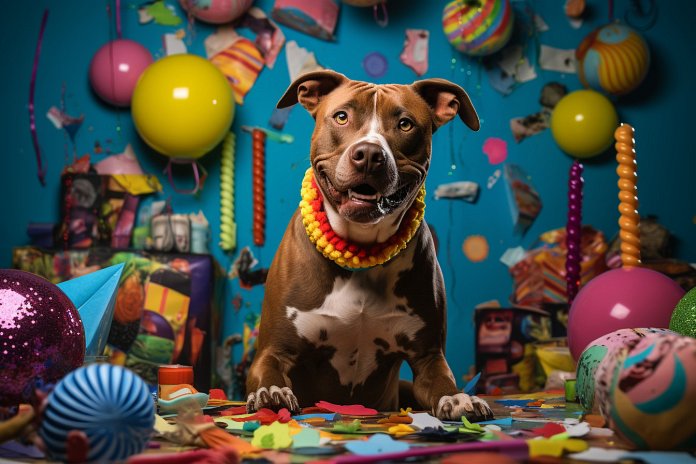
Dogs are capable of understanding and empathizing with human emotions, just as humans can feel insecure and depressed. Many dogs in shelters exhibit signs of fear and loneliness, often due to past mistreatment or neglect. Insecurity is a common issue for both dogs and humans, resulting in lack of confidence and fear of the environment.
Signs of Insecurity in Dogs
When you bring home a dog that has been abandoned or mistreated, they may exhibit signs of insecurity. For example, they may urinate on the floor due to the shock of a new environment. They might also display shaking, drooling, and pacing behaviors. Other signs include howling, barking, and hiding. These dogs require patience and time to regain their confidence.
Understanding Insecure Dogs
Insecure dogs can exhibit a range of behaviors throughout the day, from crying to snarling or hiding. They require understanding and trust-building exercises to help them feel secure. Body language is an important indicator of a dog’s insecurity, including growling, pacing, drooling, and whale eye (whites of the eyes showing).
History and Science of Insecure Dogs
Throughout history, dogs have often been victims of human mistreatment. Dogs are highly perceptive of family dynamics and can become insecure if there is tension or anxiety at home. Wolves, the ancestors of dogs, live in packs and exhibit different behaviors. Dogs, on the other hand, are closely associated with humans and their personalities are influenced by their environment. Dogs that lack confidence may display aggression or fear towards other dogs or people.
Training Tips for Insecure Dogs
Positive reinforcement and encouragement are crucial for building confidence in insecure dogs. Punishment or abuse will only worsen their insecurity. Instead, focus on creating positive experiences and gradually exposing them to new things. Obedience training can help, but the owner’s attitude and approach play a significant role in helping an insecure dog.
Safety Tips for Owners
To ensure a safe environment for insecure dogs, owners should create a secure living space and be aware that these dogs can become aggressive. Keeping them on a leash during walks, especially if they are afraid of other dogs, is important. Seeking guidance from a professional dog trainer who uses positive reinforcement methods is recommended. It is crucial to never punish or hit an insecure dog, as it will only reinforce their fear and insecurity.
“Insecurity is a battle both humans and dogs face, but with love and patience, we can help them find their confidence.”

Tips & Things to Know
1️⃣ Understand the signs of insecurity in dogs, such as growling, shaking, pacing, and drooling. This will help you recognize when your dog is feeling insecure and respond appropriately.
2️⃣ Provide a calm and positive environment for your insecure dog. Avoid punishment or yelling, as this will only worsen their fear. Instead, focus on positive reinforcement and create experiences that build their confidence and trust.
3️⃣ Seek help from a professional dog trainer who specializes in working with insecure dogs. They can provide guidance and training techniques that will help your dog overcome their insecurities and become more confident.
Frequently Asked Questions, Answered ✅
1. What are some signs that a dog may be feeling insecure?
– Some signs that a dog may be feeling insecure include growling, barking, shaking, howling, pacing, drooling, and showing the whites of their eyes.
2. What are some other signs of insecurity in dogs?
– Other signs of insecurity in dogs include urinating on the floor, hiding from people, displaying aggressive body language, engaging in threatening behavior, and crying a lot.
3. How can a dog’s history contribute to their insecurity?
– Dogs that have been abandoned, mistreated, or neglected in their past may be more prone to insecurity. Additionally, dogs can pick up on tense or anxious atmospheres in their home and internalize those feelings, leading to insecurity.
4. How can an insecure dog’s behavior impact their owner?
– An insecure dog may become hyper-attached to their owner and experience separation anxiety when left alone. They may also exhibit aggressive behavior towards their owner or others. Additionally, an insecure dog may howl or cause disruptions in environments like doggy day-care.
5. What are some training tips for owners with insecure dogs?
– Owners of insecure dogs should focus on positive encouragement rather than punishment. Creating a calm and secure environment, desensitization techniques, and obedience training can also help build confidence in insecure dogs. It is also recommended to seek guidance from a professional dog trainer who uses positive reinforcement methods.